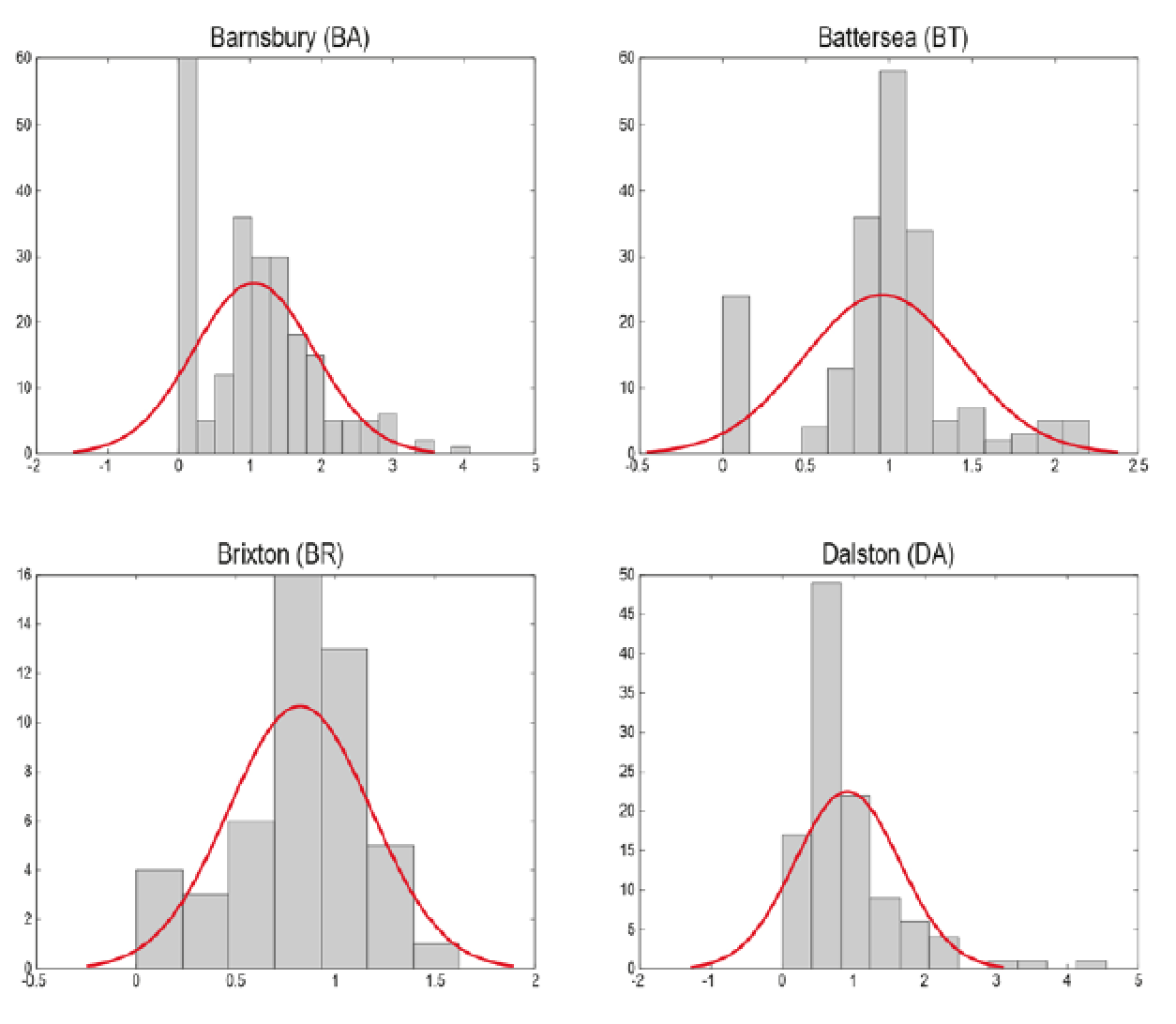
The Guardian has published an article commenting our preliminary paper entitled “The Form of Gentrification”, realized in partnership with the UCL London and the University of Ferrara, IT. The paper examines recurrences in the urban form of quarters that have undertaken process of gentrification in London: Brixton, Battersea, Telegraph Hill, Barnsbury and Dalston.
Philip Ball writes: “The implications for demographics, crime, transport and economics make it vital for planners and local authorities to grasp what drives gentrification. Urban theorists have debated it for decades. According to one view, the artists kick it off, as they did in Notting Hill, moving into cheap housing and transforming the area from poor to bohemian – then investors and families follow. Another view is that the developers and public agencies come first, buying up cheap property and then selling it for a profit to the middle classes. Porta and his colleagues have focused instead on the physical attributes that seem to make an area ripe for – or vulnerable to – gentrification. Do different neighbourhoods share the same features?”.
Thanks a lot to Philip for the interest shown to our work and the comprehensible and fair account of it.
UDSU started years ago looking at founding a comprehensive and scientific way of looking at cities and city form in particular, one of the outcomes of which is the exploration of urban form as the result of a fundamentally evolutionary process. Planning efforts should be seen, according to this perspective, as one element of the much larger and more powerful set of forces that shape – and have always shaped – cities, rather than a counter-force governing them from atop.
This line of research is now approaching the first tangible results. Much more to come soon. Stay tuned!

